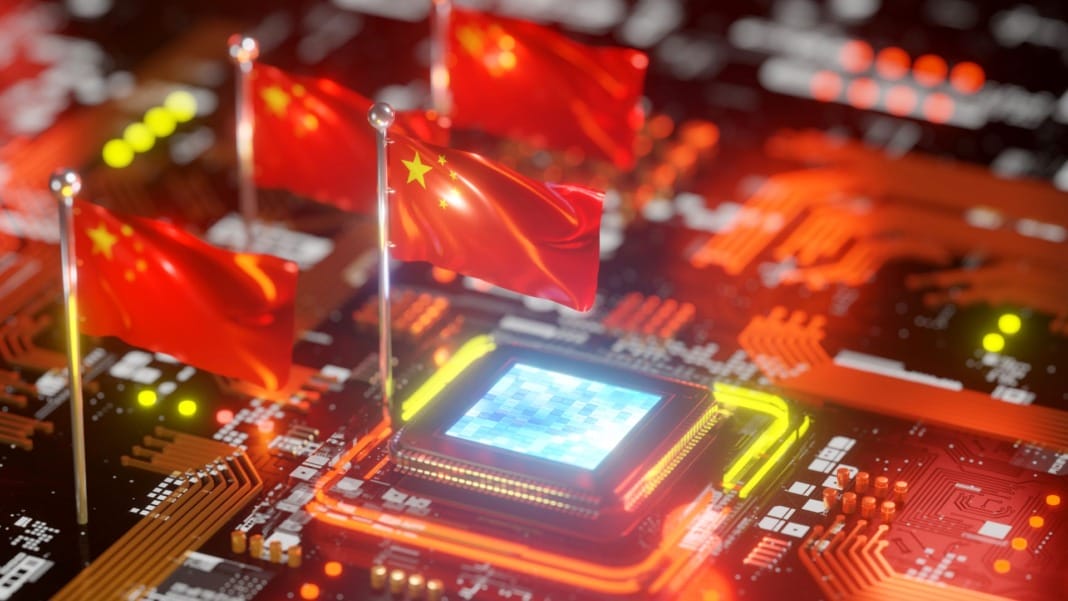China’s semiconductor industry is grappling with a major funding slump, reflecting the escalating tech rivalry with the United States. According to a report by JW Insights, a local consultancy, the sector saw a sharp decline in investment during 2024.
Funding falls by over 30% in 2024
Between January and November 2024, China’s chip industry secured 677 investment deals, marking a 35.9% year-on-year drop. During the same period, total funding fell by 32.4%. The decline highlights increasing concerns over US restrictions and oversupply in specific chip segments.
One of the most significant deals was a March funding round worth 10.8 billion yuan (approximately US$1.48 billion) by ChangXin Memory Technologies (CXMT), a developer of dynamic random access memory (DRAM) chips. Investors included prominent Chinese organisations such as flash memory designer GigaDevice, Hefei Industry Investment Group, and major state-owned banks.
Another notable deal this year involved mobile chip specialist Unisoc, which raised 6 billion yuan. This funding, primarily from state-owned entities, aims to prepare the company for a planned initial public offering (IPO) in 2025.
Government support dominates investments
As Washington ramps its restrictions, government-backed funds have become the driving force behind semiconductor investment in China. Beijing’s focus on boosting the chip industry aligns with its push to counter US policies targeting advanced technology.
Measures taken by the US include a pending ban on American investments in China’s semiconductor and artificial intelligence (AI) sectors and a growing trade blacklist. These steps aim to limit China’s access to cutting-edge technologies, which the US fears could be used to modernise its military capabilities.
China’s government funds have responded by doubling down on domestic investments. The “Big Fund,” officially known as the China Integrated Circuit Industry Investment Fund, has become a cornerstone of the country’s semiconductor ambitions. Launched in 2014, its first phase allocated 138.7 billion yuan, while the second phase committed 204.1 billion yuan in 2019. This year, a third phase, Big Fund III, was set up with a record 344 billion yuan in registered capital.
The Ministry of Finance holds the largest stake in the fund, with a 17.4% share, reflecting the government’s firm backing for the industry.
US gains ground amid AI boom
While China faces hurdles, the US semiconductor market is expanding rapidly. Data from JW Insights revealed that the US overtook mainland China in the third quarter of 2024 to become the world’s largest single semiconductor market.
Han Xiaomin, general manager of JW Insights, noted that surging demand for high-performance computing chips and advanced memory products has driven the AI boom. However, domestic supply chain restrictions in China have slowed progress, allowing the US to strengthen its position through significant investments in AI infrastructure.
Despite these challenges, China’s integrated circuit market is still on track for growth. A report from the World Integrated Circuit Association predicts that the sector will reach US$186.5 billion in 2024, a 20.1% year-on-year increase, and makeup 30.1% of the global market.
As the tech rivalry between the US and China intensifies, the semiconductor sector remains at the heart of the competition, shaping the future of global innovation and technology leadership.




